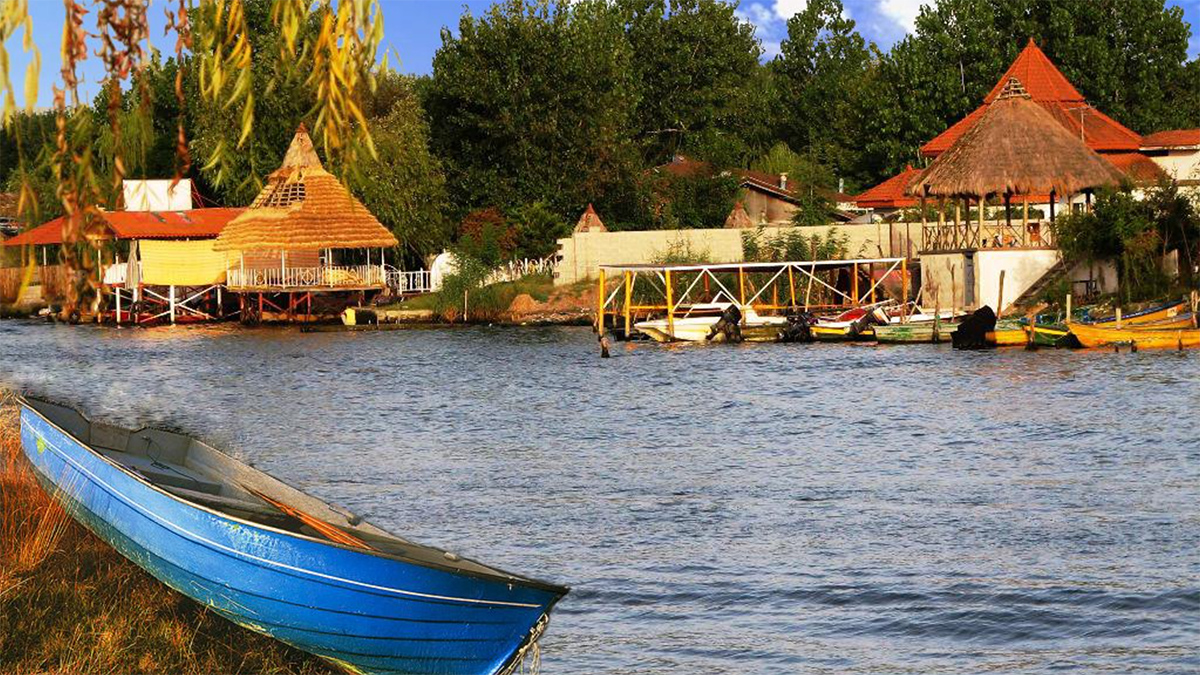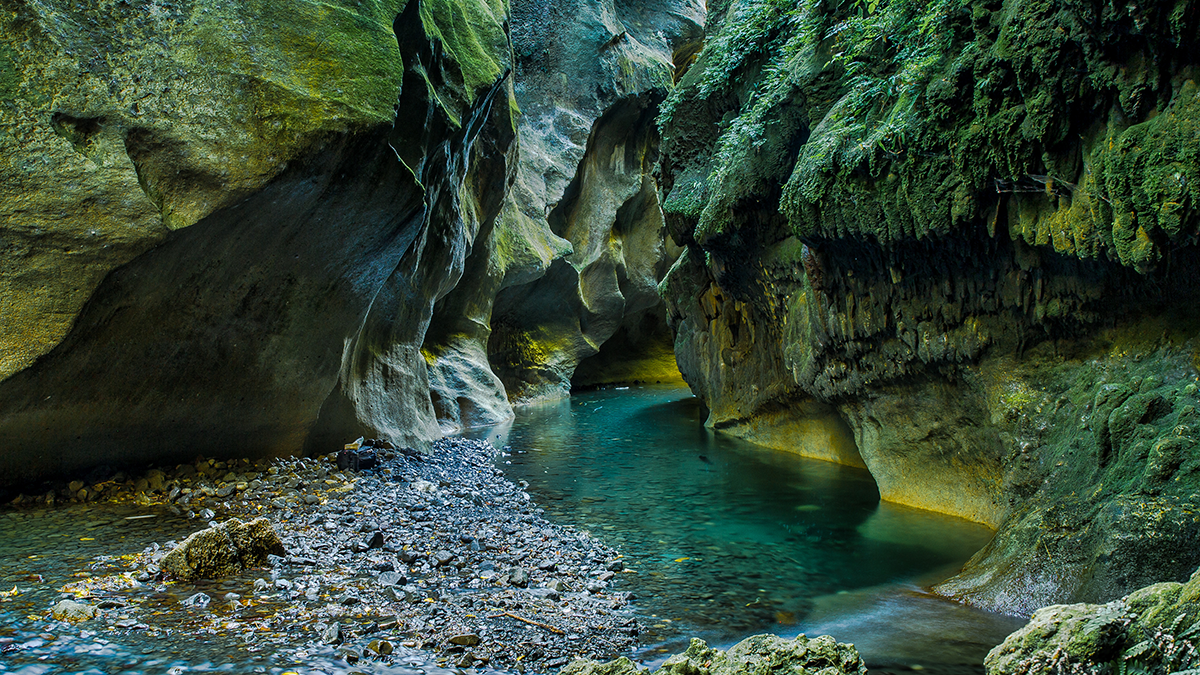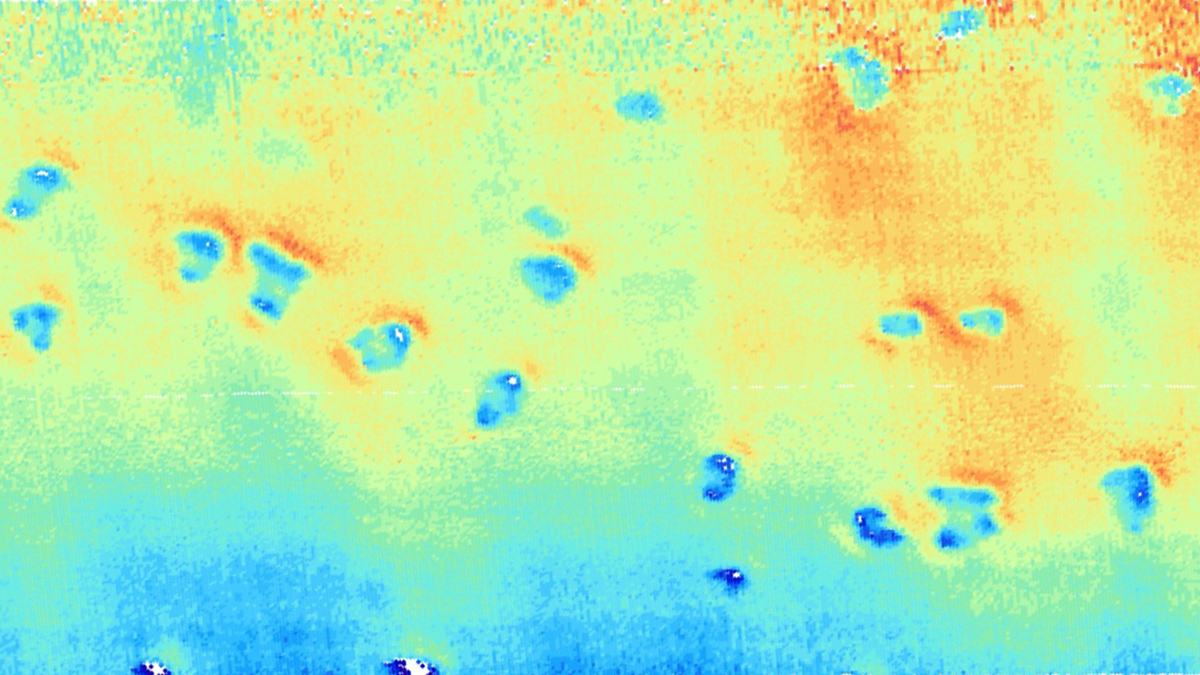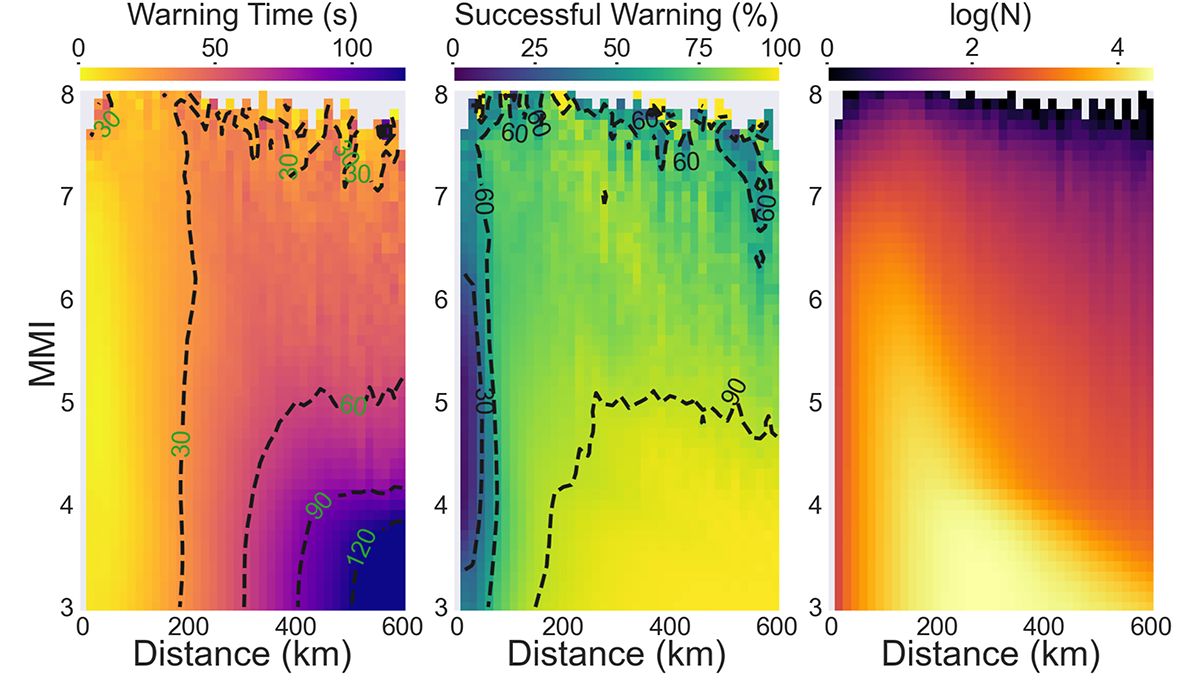More sustainable watershed management and agriculture are needed to avoid a desiccated fate.
Earth science
Plate Boundaries May Experience Higher Temperature and Stress Than We Thought
Surface heat flux data shed light on conditions deep below Earth’s surface, at a tectonic plate interface where major earthquakes initiate.
Monitoring Polar Ice Change in the Twilight Zone
Landsat’s new extended data collection program is mapping Arctic and Antarctic regions year-round, even in polar twilight.
Going Through a Rough Patch: Modeling Sediment Moving in Rivers
Irregularities of the rocky surface due to bumps and sediment patches are key to capturing the movement of sediment grains in rivers.
The Twists and Turns of Helicity Studies
A new book explores the fundamental role that helicities play in different astrophysical and geophysical phenomena and presents perspectives from various scientific disciplines that study them.
Mysterious Seafloor Pits May Be Made on Porpoise
Some shallow seafloor depressions off the coast of Germany that look like those associated with methane might instead be the work of porpoises.
El despertar del Popocatépetl: Transformando la vulcanología en México
La erupción del “Don Goyo” de 1994 en México central aceleró el interés académico en la vulcanología.
Deep Learning Facilitates Earthquake Early Warning
A deep learning model trained with real-time satellite data significantly reduces the time to predict the ground motion of big earthquakes.
The United States Has an Updated Map of Earthquake Hazards
The new National Seismic Hazard Model shows where damaging earthquakes are likely to occur, informing public safety and infrastructure policies.
Cold Fog Is Capricious, but Not for Long
New observations of cold fog formation could eventually improve forecasting.










